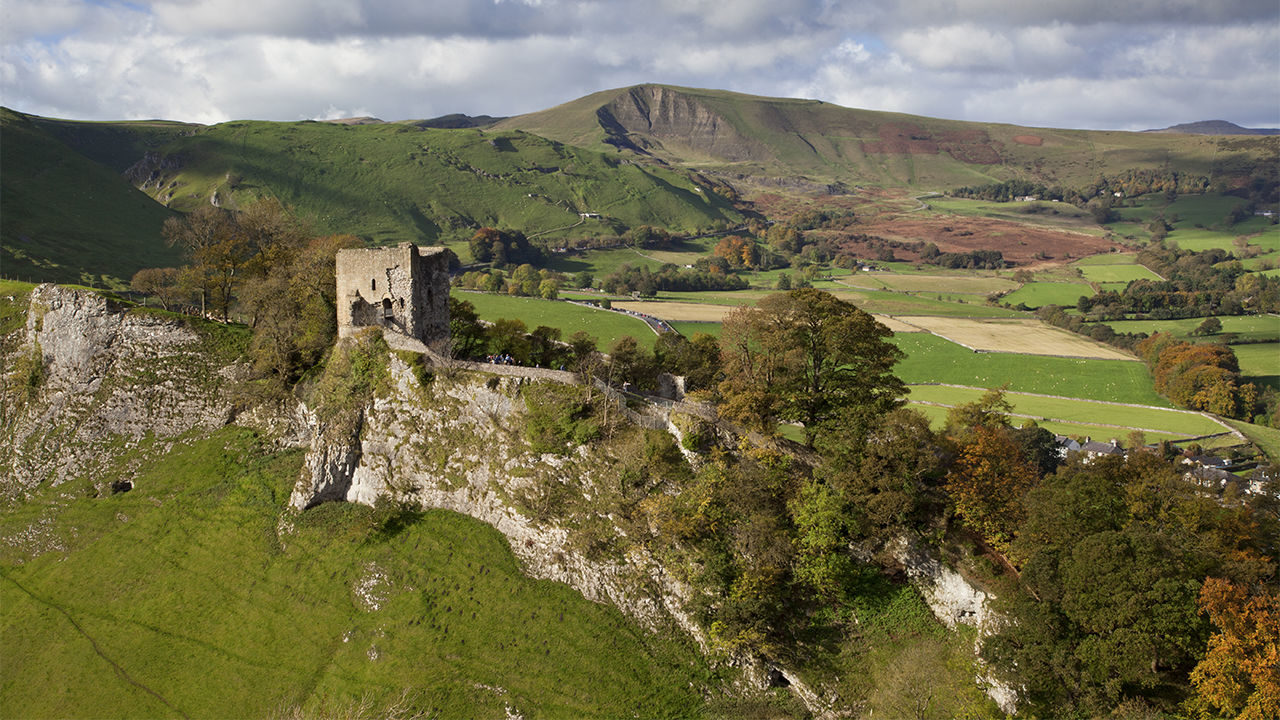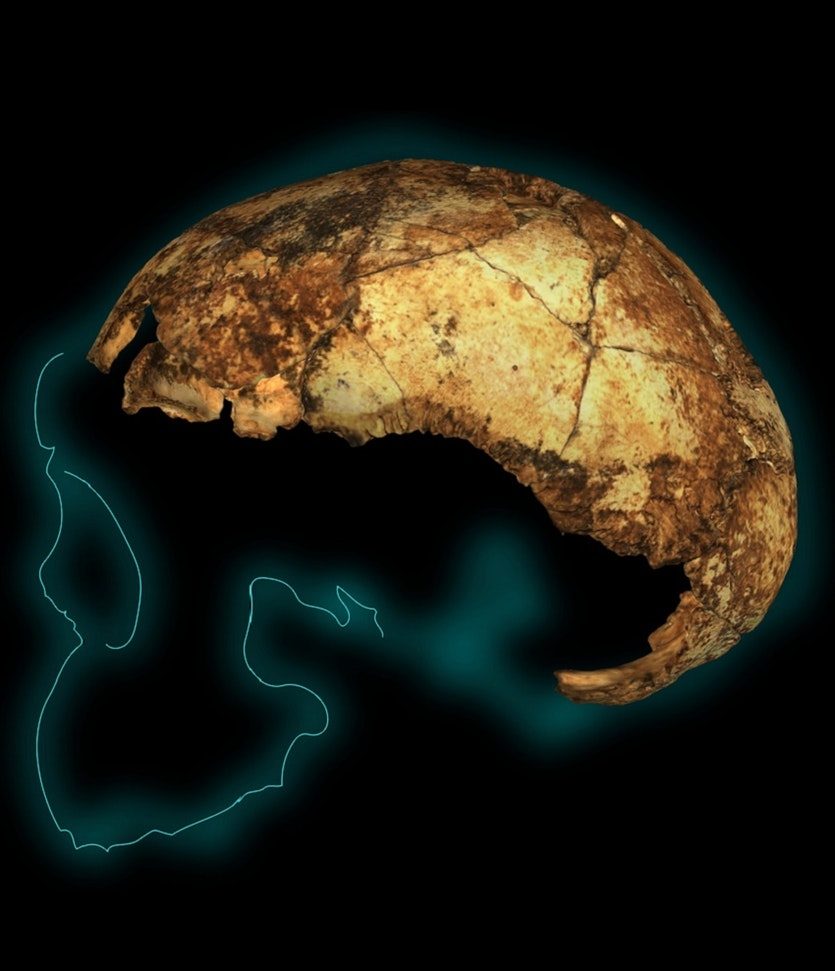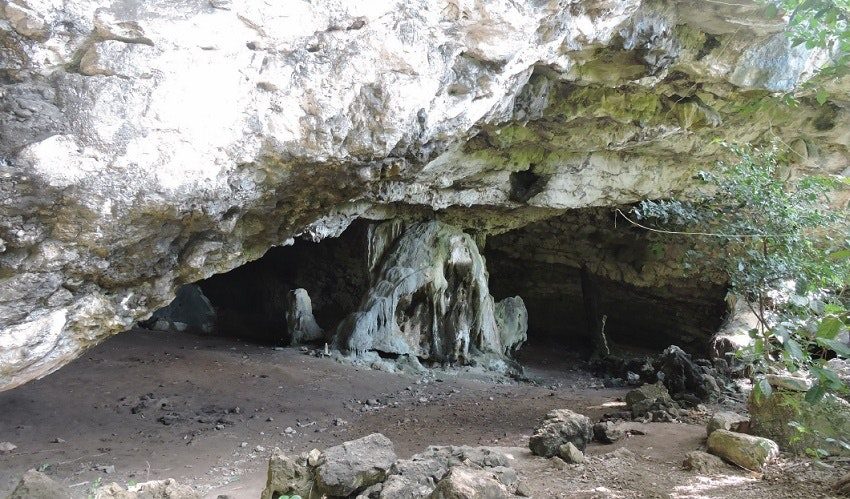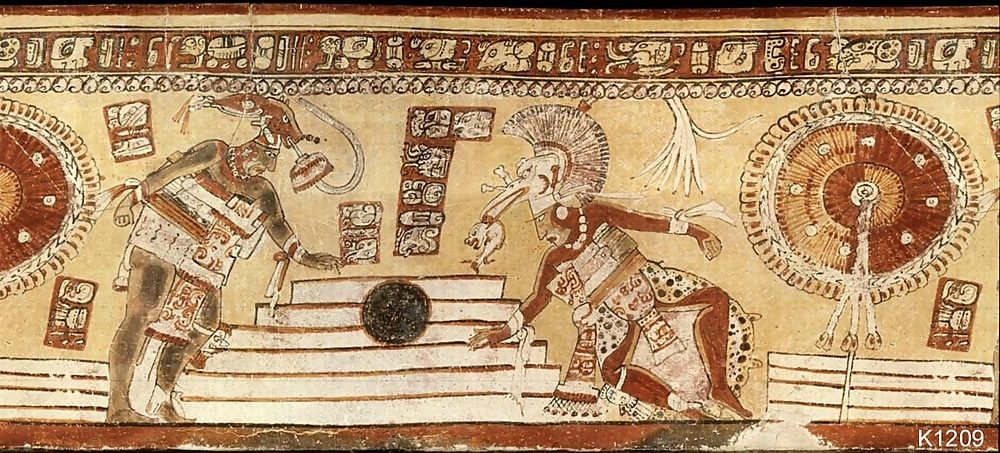OF THE
TIMES


Woe unto them that seek deep to hide their counsel from the Lord, and their works are in the dark, and they say, Who seeth us? and who knoweth us? (Isaiah 29:15)In our article Abortion-causing Vaccines Openly Promoted in Pro-Vaxx Circles, we showed the push for vaccines that cause spontaneous abortions in the name of population control. In this article, we cover how such vaccinations have been reportedly used — covertly — around the world. We will begin with a fairly recent incident in Kenya.
Kenya's Catholic bishops are charging two United Nations organizations with sterilizing millions of girls and women under cover of an anti-tetanus inoculation program sponsored by the Kenyan government.
According to a statement released Tuesday by the Kenya Catholic Doctors Association, the organization has found an antigen that causes miscarriages in a vaccine being administered to 2.3 million girls and women by the World Health Organization and UNICEF. Priests throughout Kenya reportedly are advising their congregations to refuse the vaccine.
"We sent six samples from around Kenya to laboratories in South Africa. They tested positive for the HCG antigen," Dr. Muhame Ngare of the Mercy Medical Centre in Nairobi told LifeSiteNews. "They were all laced with HCG."
Dr. Ngare, spokesman for the Kenya Catholic Doctors Association, stated in a bulletin released November 4, "This proved right our worst fears; that this WHO campaign is not about eradicating neonatal tetanus but a well-coordinated forceful population control mass sterilization exercise using a proven fertility regulating vaccine. This evidence was presented to the Ministry of Health before the third round of immunization but was ignored."[1]


Comment: See also: